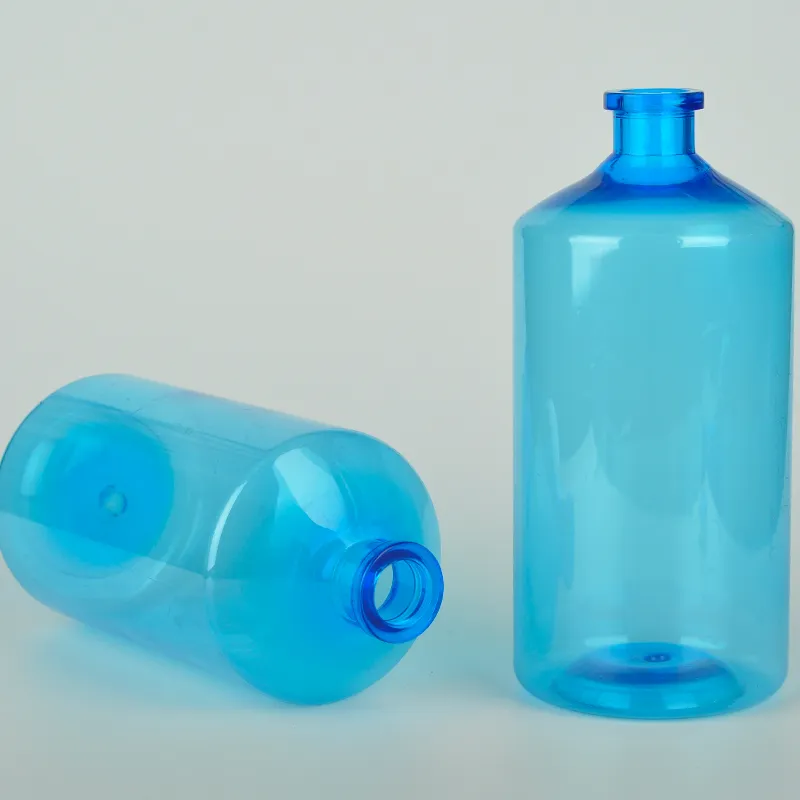
-
 Afrikaans
Afrikaans -
 Albanian
Albanian -
 Amharic
Amharic -
 Arabic
Arabic -
 Armenian
Armenian -
 Azerbaijani
Azerbaijani -
 Basque
Basque -
 Belarusian
Belarusian -
 Bengali
Bengali -
 Bosnian
Bosnian -
 Bulgarian
Bulgarian -
 Catalan
Catalan -
 Cebuano
Cebuano -
 Corsican
Corsican -
 Croatian
Croatian -
 Czech
Czech -
 Danish
Danish -
 Dutch
Dutch -
 English
English -
 Esperanto
Esperanto -
 Estonian
Estonian -
 Finnish
Finnish -
 French
French -
 Frisian
Frisian -
 Galician
Galician -
 Georgian
Georgian -
 German
German -
 Greek
Greek -
 Gujarati
Gujarati -
 Haitian Creole
Haitian Creole -
 hausa
hausa -
 hawaiian
hawaiian -
 Hebrew
Hebrew -
 Hindi
Hindi -
 Miao
Miao -
 Hungarian
Hungarian -
 Icelandic
Icelandic -
 igbo
igbo -
 Indonesian
Indonesian -
 irish
irish -
 Italian
Italian -
 Japanese
Japanese -
 Javanese
Javanese -
 Kannada
Kannada -
 kazakh
kazakh -
 Khmer
Khmer -
 Rwandese
Rwandese -
 Korean
Korean -
 Kurdish
Kurdish -
 Kyrgyz
Kyrgyz -
 Lao
Lao -
 Latin
Latin -
 Latvian
Latvian -
 Lithuanian
Lithuanian -
 Luxembourgish
Luxembourgish -
 Macedonian
Macedonian -
 Malgashi
Malgashi -
 Malay
Malay -
 Malayalam
Malayalam -
 Maltese
Maltese -
 Maori
Maori -
 Marathi
Marathi -
 Mongolian
Mongolian -
 Myanmar
Myanmar -
 Nepali
Nepali -
 Norwegian
Norwegian -
 Norwegian
Norwegian -
 Occitan
Occitan -
 Pashto
Pashto -
 Persian
Persian -
 Polish
Polish -
 Portuguese
Portuguese -
 Punjabi
Punjabi -
 Romanian
Romanian -
 Russian
Russian -
 Samoan
Samoan -
 Scottish Gaelic
Scottish Gaelic -
 Serbian
Serbian -
 Sesotho
Sesotho -
 Shona
Shona -
 Sindhi
Sindhi -
 Sinhala
Sinhala -
 Slovak
Slovak -
 Slovenian
Slovenian -
 Somali
Somali -
 Spanish
Spanish -
 Sundanese
Sundanese -
 Swahili
Swahili -
 Swedish
Swedish -
 Tagalog
Tagalog -
 Tajik
Tajik -
 Tamil
Tamil -
 Tatar
Tatar -
 Telugu
Telugu -
 Thai
Thai -
 Turkish
Turkish -
 Turkmen
Turkmen -
 Ukrainian
Ukrainian -
 Urdu
Urdu -
 Uighur
Uighur -
 Uzbek
Uzbek -
 Vietnamese
Vietnamese -
 Welsh
Welsh -
 Bantu
Bantu -
 Yiddish
Yiddish -
 Yoruba
Yoruba -
 Zulu
Zulu
what is a reagent bottle used for in chemistry
The Role of Reagent Bottles in Chemistry
In the world of chemistry, precision, safety, and organization are paramount. Among the many tools and containers used in laboratories, the reagent bottle stands out as an essential instrument for storing and dispensing various chemicals used in chemical reactions, analyses, and experiments.
What is a Reagent Bottle?
A reagent bottle is a type of container specifically designed for holding chemical reagents. These bottles are available in various sizes and are made from materials that can safely hold a wide range of chemicals, from solids to liquids. The most common materials include glass, plastic, and sometimes specialized composites that resist degradation from corrosive substances.
Reagent bottles come in a variety of designs, catering to different needs in the laboratory. For example, some have wide mouths for easy access, while others feature narrow openings to minimize evaporation and contamination. Many reagent bottles also have airtight seals to ensure that the chemicals inside maintain their purity and concentration over time.
Purposes of Reagent Bottles
1. Storage Reagent bottles serve as safe and secure containers for storing chemicals. Proper storage is crucial to prevent contamination or degradation of reagents. For instance, volatile solvents require bottles that can withstand atmospheric pressure changes and minimize exposure to air, which could cause them to evaporate or deteriorate.
what is a reagent bottle used for in chemistry

2. Dispensing In addition to storage, reagent bottles are designed for easy dispensing of chemicals. Many bottles are equipped with droppers or spouts, allowing for precise measurement and application of reagents in experiments. This feature is particularly important for sensitive reactions where exact quantities can affect outcomes.
3. Safety Safety is a top priority in any chemical handling scenario. Reagent bottles typically include features that enhance safety, such as colored labels for quick identification and warnings about hazardous materials. Many contain built-in safety mechanisms to prevent spills and accidental exposure to hazardous substances, ensuring that safe practices are upheld in the laboratory.
4. Organization A well-organized laboratory is crucial for efficiency and productivity. Reagent bottles contribute to this organization by providing a standardized option for storing various reagents. Proper labeling and systematic storage of these bottles help chemists quickly locate the chemicals they need, streamlining the research process.
5. Compatibility Different chemicals interact in varying ways, making the choice of reagent bottle material significant. Glass reagent bottles are suitable for many applications due to their stability and non-reactivity with most substances. However, for certain solvents or corrosive materials, plastic bottles made from polyethylene or polypropylene may be more appropriate as they resist chemical reactions and leaks.
Conclusion
In conclusion, reagent bottles play a fundamental role in the field of chemistry, providing a reliable means of storing, dispensing, and organizing chemicals crucial for various experiments and processes. Their design enhances safety and precision, ultimately facilitating more effective research and experimentation. As chemists continue to push the boundaries of scientific inquiry, the importance of such everyday tools cannot be overlooked. A simple reagent bottle may seem like a basic item, but it embodies the careful consideration that underpins successful and safe chemical practice in laboratories around the world.
-
Premium Metal Dropper Bottle for Precise Dispensing 250ml & 1ml Options AvailableNewsJul.04,2025
-
20 ml Headspace Vials - High Quality Polyethylene & Plastic Vials for Lab UseNewsJul.04,2025
-
Small Bottle with Pipette - Precise Dispensing 100ml Pipette Bottles for Essential Oils & Lab UseNewsJun.24,2025
-
Acetic Anhydride Bottle for Accurate Dropper Measurement in Pharmacy Use High-Quality Dropper BottlesNewsJun.10,2025
-
Innovative PET Bottle Design for Juice – Unique Shapes & Customization OptionsNewsJun.10,2025
-
20 Pack Sterilized Petri Dishes – Assorted Sizes, High Quality Small Plastic Petri Dishes for Lab UseNewsJun.10,2025






















